The terms “workplace culture” and “employee engagement” have gained immense popularity during the past decade as key business drivers at top organizations. At the core of this complicated formula is that it’s all about the experience. How a customer interacts with a brand will influence their decision-making to buy or not to buy. Throw in the employee into the mix. Employees can play a huge role in influencing customer decision-making through their interactions with them. If a customer, or a prospective customer, receives an amazing experience from your employees, wouldn’t it be safe to say that the likelihood of the customer/prospect deciding to buy increases? Of course, it does. HR departments have been tasked with driving the employee experience and improving workplace culture so that employees provide amazing service and support to customers and prospects. Then we get into conversations about how to do all of this and often, it became a tangled mess. What do we focus on, workplace culture or employee engagement? What comes first? Why does it matter? It gets rather complicated and the goal of this post is to simplify it all for you.
What is Workplace Culture?
We know that organizations with healthier cultures are more successful. If you look at your own organization, what are its values, organizational business practices, core expectations, and ultimately, the collection of behaviours exhibited by your team? All of this together defines your culture. How do employees feel when they are working? How do employees get along and how well do they work together? Do they collaborate and communicate openly with one another, or are they closed off? Are employees recognized for their efforts by leaders and managers? What are employers doing to ensure employees are supported during difficult times such as the COVID-19 pandemic? Do employees trust their leadership to make sound and ethical decisions? You can ask many more questions but the point here is that how employees feel about their organization in all aspects of how they operate defines culture. All of these questions align with the mission, vision, values (guiding principles), and expected behaviours, within the organization.
Learn how to implement employee well-being into your total rewards with our free guide.
What is Employee Engagement?
Many definitions of employee engagement exist but at its core, it’s about the emotional commitment an employee has to their work and organization. It could also be about how enthusiastic and committed an employee is to their work and workplace. Measuring employee engagement uncovers the key things that engage employees – my manager, executive leadership, career development opportunities, recognition for great work, diversity, equity, and inclusion in an organization, the feeling of safety at work, team and collaboration, and opportunities to learn new skills. These are several of the key drivers of engagement. Employee engagement is a core part of HR strategy because there’s a positive correlation between employee engagement and customer experience. The more engaged your employees are the more satisfied your customers will be, and what does that ultimately mean? Yes… a more su
What Comes First?
The simple answer is, “your workplace culture influences the level of engagement of your employees”. While they are closely connected and can never be separated, everything an organization does is about building up its workplace culture. The desired outcome of this work is a highly engaged workforce. Culture is about every single thing an organization does, says, and believes in; how they operate on a day-to-day basis, how they design their physical office spaces, how they integrate web tools to support employees working from home, how they recruit, how they treat their customers, how much investment they make in building and delivering new product features, and the list goes on.
One key metric to determine whether or not you have a great culture is employee engagement. The stronger a company’s culture, the more connected employees feel to their work and organization. Engaged employees are more likely to be happier, more motivated, and committed to your company.
A fantastic way to determine whether or not you have a great culture is to measure the “Employee Net Promoter Score (eNPS)“. It’s the difference between your happiest and least happy employees. The question that you ask your employees is, “How likely are you to recommend [X] as a place to work to your family and friends?” There are slight variations to this question but the point of the question is to understand how likely your employees are to encourage their “people” to work for your organization. You will find that organizations with strong cultures have high eNPS scores, and those with poor cultures have low scores. It’s not rocket science.
At the end of the day, the goal of HR is to help organizations build fantastic workplace cultures so that employees feel great about working there and possess a strong connection to their work and organization. I know, I know… easier said than done but at least you have some clarity now on where to start.









